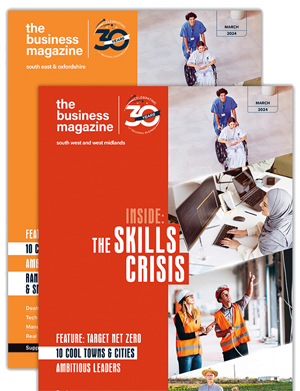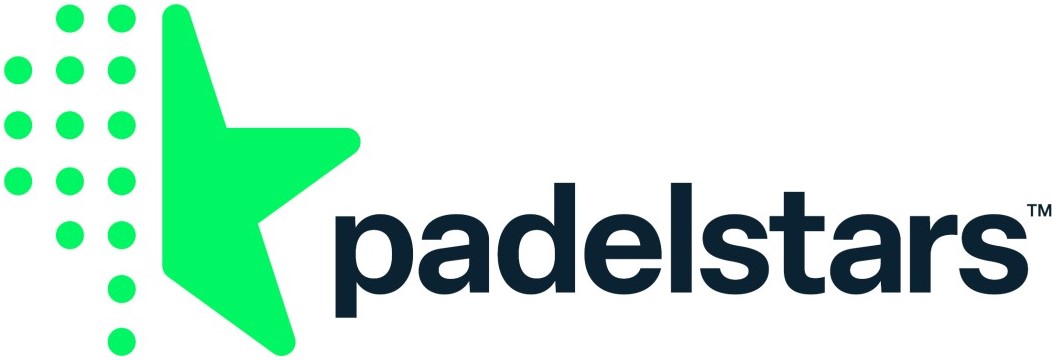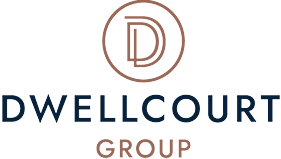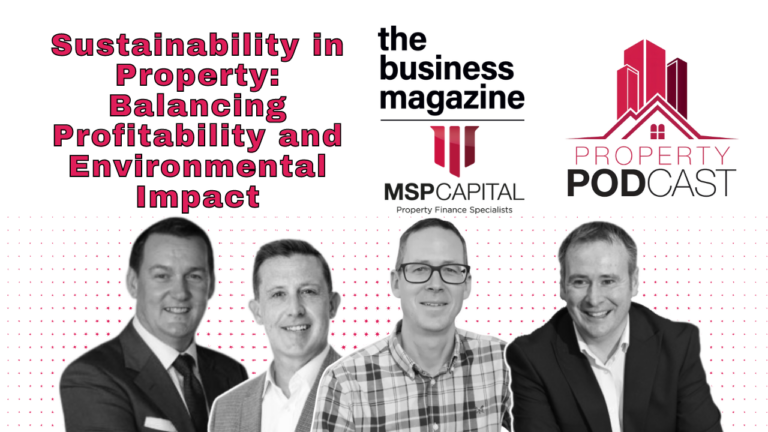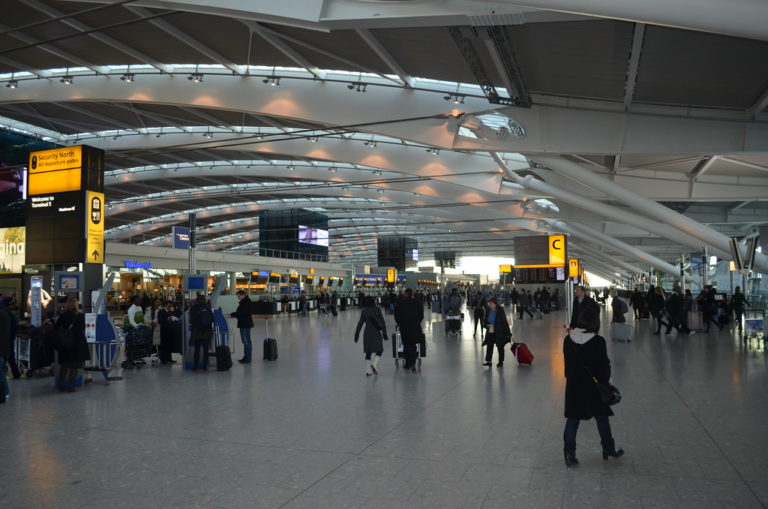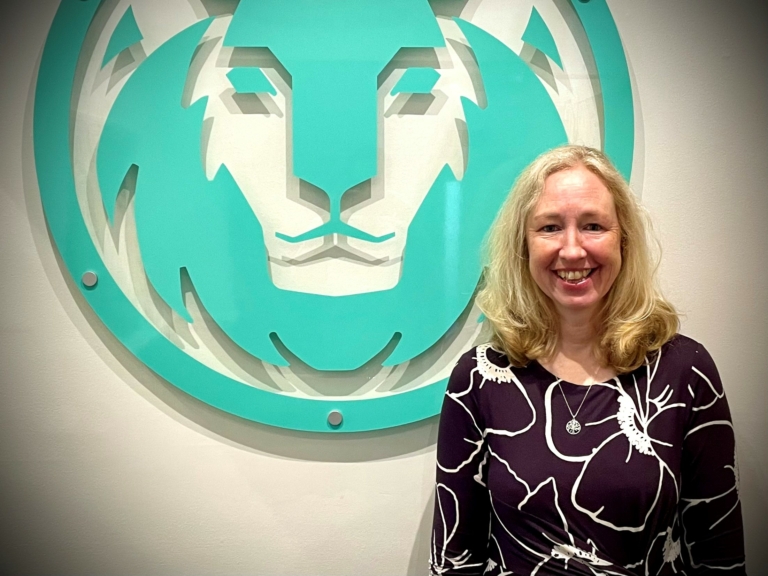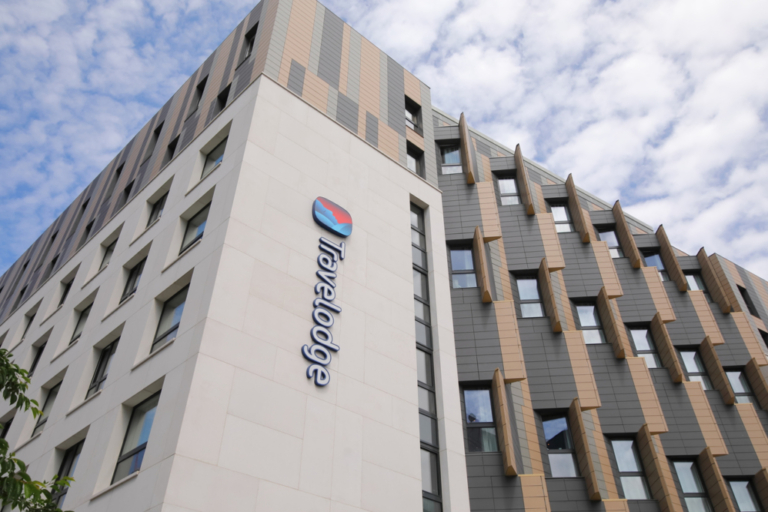How The Oracle transformed retail in Reading
Occasional visitors or new arrivals into Reading may struggle to picture how the town centre’s landscape would look without The Oracle Shopping Centre. They may also wonder about Reading’s viability as a retail destination without the riverside mall in situ.
Yet ask any die-hard Redingensian who remembers the town in the 20th century and they’ll be able to tell you exactly what it looked and felt like without the three-storey, 76,200m² complex. The Oracle’s opening in 1999 altered retail in Reading in a big way. It even changed the town itself in some respects.
Let’s explore the history, impact, current state and future of The Oracle…
Supporting the High Street

The Oracle was something of a revolution when it opened. Not just in terms of Reading, but for British shopping precincts in general. Before its creation in 1999, retail centres of its scale were almost exclusively out-of-town affairs. The Oracle was the UK’s very first major ‘in-town shopping mall’.
Even before the online shopping boom that worries shops now, the High Street faced challenges. Large retail units built on the edges of towns and cities were diverting shoppers. Building The Oracle in Reading town centre was, in part, designed to support existing High Street retailers on Broad Street and Friar Street. And so it (largely) proved.
Instead of driving out to an Oracle on the town’s fringes, shoppers needed to visit the town's epicentre. While there, they would shop on the High Street too. Not only that, but The Oracle didn’t need to attract its customers independently and exclusively, it could tap into an existing town centre-visiting market. It was mutually beneficial. It was, to quote Dr. Hannibal Lector in The Silence of the Lambs, a case of ‘Quid Pro Quo.’
As former Town Centre Manager Simon Quin put it shortly after its grand opening: "The Oracle has become an extension to the centre of town rather than a competitor. People are shopping in the whole town."
Creating The Oracle

In 1996, the British property developers and investment firm Hammerson secured the 22 acre site on which The Oracle sits now, buying up what was effectively derelict land. They did so alongside The Abu Dhabi Investment Authority, going 50/50 on the deal.
Planning permission had actually been sought and granted as far back as 1982, but the subsequent property slump of the following decade delayed development significantly. Once the deal was signed in ‘96, work began immediately. With some demolition, an archaeological dig and then construction quickly happening.
Key to The Oracle’s opening and success has been the significant investment in its parking offering. Without the 2,300 car parking spaces, the place would be a whole lot less appealing a prospect for shoppers who live outside of the town. Especially given the limited alternative parking options and the town’s lack of a park and ride service.
The history of the site

In ancient times, the site on which the Oracle stands was a tannery and water mill, both of which were mentioned in the Domesday Book. One rather unpleasant detail about the leather-producing tanneries is that the leather hides were soaked in a clay-lined basement pit to ‘set’. Inside the pit? A not insignificant amount of fetid, stinking animal faeces and urine. Try not to remember that the next time you’re buying an oversized pretzel or bucket of fruit juice in there of a Saturday afternoon.
In the 17th century, local businessmen John Kendrick set up one of the country’s first workhouses on the land, opening it in 1628. It was called ‘Oracle’. Later on, the site would host an army barracks, the Reading Transport bus depot and the Simonds Brewery.
Its opening and impact

By September of 1999, Phase 1 had been completed and The Oracle was opened to the public.
£250m had been spent to create a 700,00 sq. ft. complex housing almost 100 retail units and more than a dozen bars and restaurants. Reading’s overall retail offering had increased by more than 25%.
Overnight, the town had become a retail force. Consumer credit reporters Experian have something they call their ‘Retail Rankings’, effectively a league table of shopping-friendly towns and cities. This retail hierarchy saw Reading move from 26th to 13th after The Oracle’s opening.
For shoppers, the Oracle was a Godsend. High-end fashion retailers had come to their town. Bar and restaurant options were greatly increased. The ‘Saturday shop’ had become exciting; Reading had become something of a destination. The Oracle had added some prestige to the otherwise rather unfashionable town.
It wasn’t all sunshine and lollipops, however. Some larger shops on Broad Street did enjoy increased footfall and a level of symbiosis with the new mall. That wasn’t the case for a fair few smaller retailers slightly further away from it, however. The Oracle changed pedestrian flows in the town centre and created employment competition. Certain retailers saw a negative effect of less people walking in off the street and more employees leaving for pastures new. There was also something of an upward pressure on retail wages post-Oracle opening.
Business rates and rental fees were also affected, causing another knock-on effect for the town’s existing independent retailers.
How it’s adapting now

Physical retail has always faced challenges, usually around finances and customer numbers. Online shopping is a considerable problem for all physical shops now. Yet while The Oracle has not remained immune, it continues to boast an annual footfall of some 15 million shoppers, who stay for an average of 65 minutes and spend an average of £64. Which isn't bad at all.
Post-pandemic recovery has been slow but steady. Doom-monger predictions of an entirely moribund High Street have proven to be overstated, but the strength of the 'stay-at-home' retail economy hasn't waned. The Oracle faces the same issues as its peers, with so many consumers favouring the easier option of buying items online. Yet still, the average Joe and Joanne continue to enjoy the tangible side to shopping. For now, there are alarm bells, but they're not ringing at a deafening level.
The future of The Oracle

The future of the place, as with the future of anything in retail, business or life, isn't exactly known. Even considering The Oracle's future is quite an ironic concept, given the etymology and definition of its name.
Still, we can make educated guesses. How successful Reading's 23 year-old shopping complex will be in the near and further future will depend on its agility, flexibility and willingness to adapt.
Ever-shifting market demands, pandemic recovery, constantly fluctuating supply chain issues, high inflation, a looming recession and changing consumer preferences are all going to be major obstacles for large retail businesses like The Oracle. If they're to continue to survive and succeed, they'll need to pay attention to shoppers, culture and society as a whole. And be prepared to change - quickly.
Current consumer focus is much more on leisure and experience than traditional purchasing. It's as much about the experience of visiting and doing something as it is about being given a chance to buy. The Oracle will need to learn and adapt to this lesson if it's to thrive in the coming years. Technology and innovation will play a part in this and many other aspects of the mall's future success.
From a rental/leasing point of view, more flexible options may be needed for more flexible businesses. Long-term contracts may need to be sacrificed in some cases, with 'pop-ups' given an emphasis. A need for a rotation of retail offerings keeps the place fresh to a target demographic of customers with a short attention span and craving for novelty. Perhaps a consideration towards more ethical and sustainable tenants could also yield results, as well as good PR.
Collaboration between businesses my also prove to be key for The Oracle, its tenants, surrounding shops and bars and the town and country as a whole.
The Oracle made Reading into a desirable shopping locale. With some shrewd management and a willingness to adapt, there's little reason to believe it won't continue to keep the town on the shopping map for many more years to come.
READ MORE: The history of how Reading became known as 'The Biscuit Town'
READ MORE: Reading is best place in UK for jobhunting say Money.co.uk

